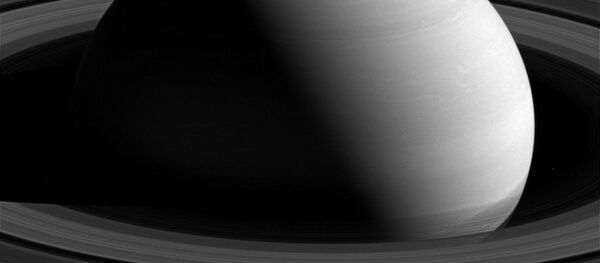The object in question is HD 131399 Ab, which was discovered in July 2016 by the SPHERE imager of the European Southern Observatory's (ESO) Very Large Telescope (VLT) in Chile. Nicknamed Scorpion-1b, the planet orbits the star parent star HD 131399 A from 316 light years away in the Centaurus constellation.
Scorpion-1b didn't lack for strangeness. It was part of a very rare trinary system and was an exceptionally massive planet, with four times the mass of Jupiter. It's also a cosmic baby, only 16 million years old. Its orbit was bizarre, as it was so far from the star it orbited that it seemingly should have escaped into space.
This gave rise to a hypothesis: Scorpion-1b isn't a planet in a trinary system, but the fourth star in an even rarer quaternary system. That's what researchers with the California-based SETI Institute believe.
A reanalysis of the data from SPHERE as well as new observations from the Gemini Planet Imager (GPI) on the internationally operated Gemini South Telescope in Chile and the NIRC2 near-infrared imager mounted on the California Association for Research in Astronomy's Keck II telescope in Hawaii has suggested that Scorpion-1b is, in fact, a star.
"The analysis of the data reveals unexpected spectroscopic and astrometric results that motivated the reanalysis of some of the already published data obtained with VLT/SPHERE," the team wrote in their paper, which was published in the arXiv preprint repository.
According to the SETI researchers, the new data strongly suggests that the planet isn't, in fact, a planet. They believe it to be about 43,000 times more likely that Scorpion-1b is a star.
Specifically, they believe it to be a background dwarf star. "When compared to predicted background objects drawn from a galactic model, we find this proper motion to be high, but consistent with the top 4 percent fastest-moving background stars. From our analysis, we conclude that HD 131399 Ab is a background K or M dwarf," the authors wrote.




